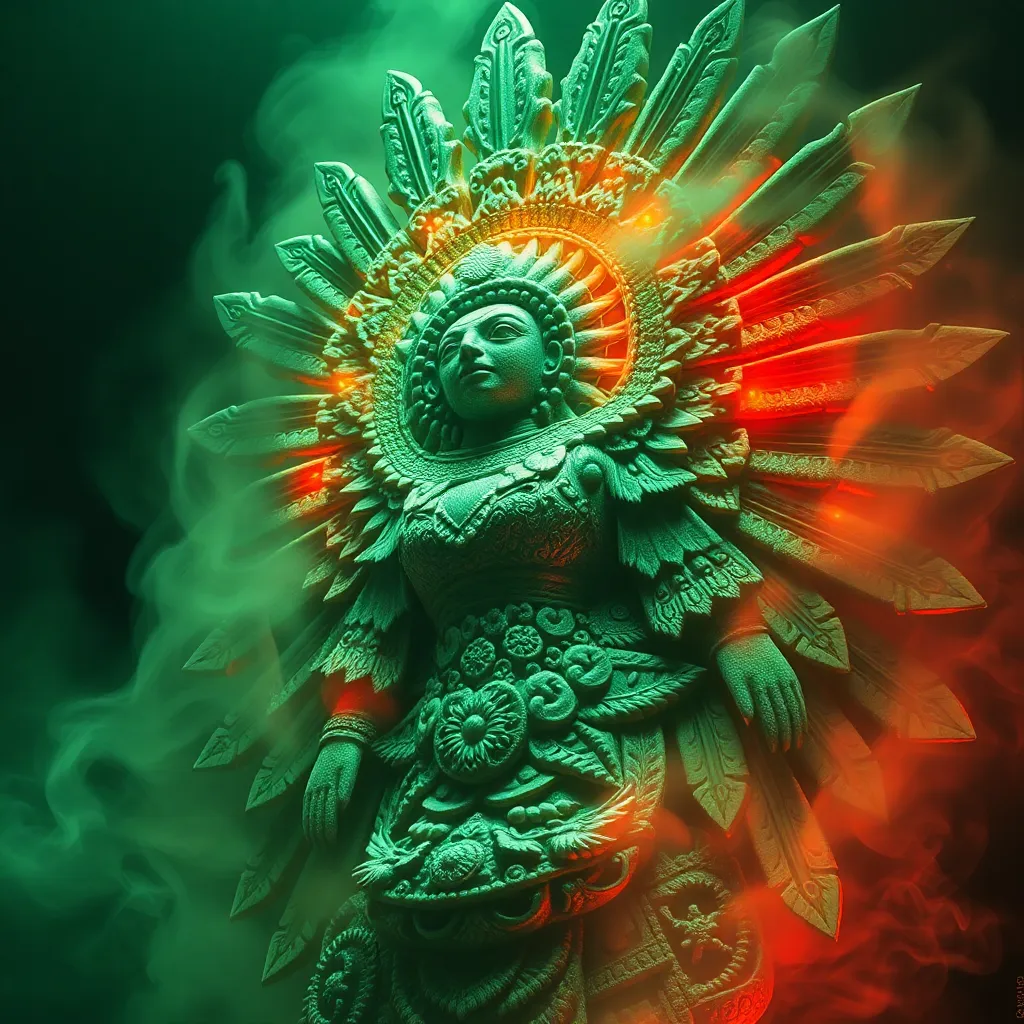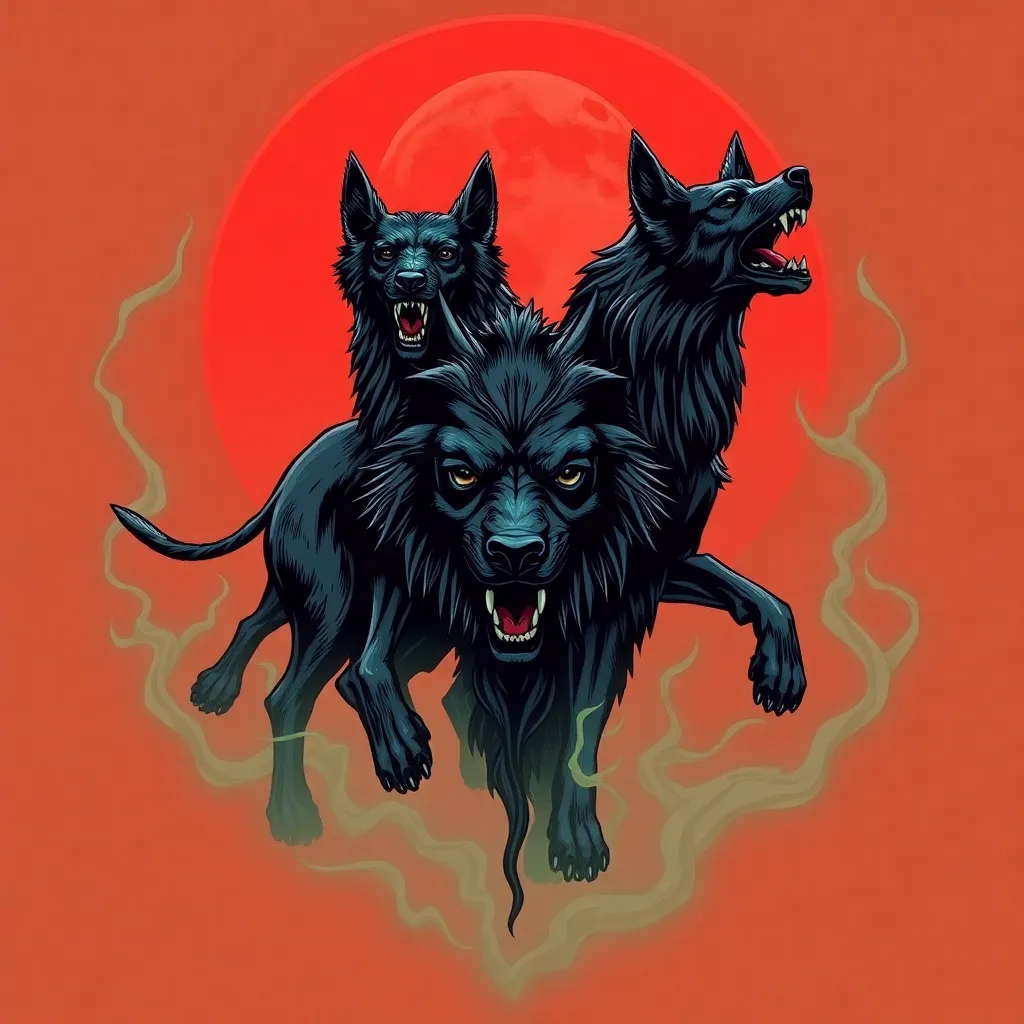The Feminine Spirit: Exploring the Significance of Coatlicue in Aztec Spirituality
I. Introduction
Aztec spirituality is a rich tapestry woven from a myriad of deities, myths, and rituals that reflect the people’s understanding of the universe. At the center of this pantheon lies Coatlicue, an essential figure whose influence permeates various aspects of Aztec life and belief. As a goddess embodying both maternal and destructive traits, Coatlicue represents the duality of existence itself. This article aims to explore the significance of Coatlicue in Aztec spirituality, shedding light on her origins, iconography, and the cultural impact she had on the society that revered her.
II. The Mythological Origins of Coatlicue
Coatlicue’s story begins in the creation myths of the Aztecs. According to legend, she was a goddess who gave birth to the moon, stars, and the gods of the underworld. Her creation story illustrates her as a powerful maternal figure, revered for her ability to give life.
In her role as a mother, Coatlicue embodies the nurturing aspect of femininity. However, her character is complex, as she also represents death and transformation. This duality is symbolized in her title, which translates to “the one with the serpent skirt.” This aspect of her mythology highlights the interconnectedness of life and death, as well as the cyclical nature of existence.
III. Iconography and Representation
Coatlicue is often depicted in Aztec art with distinctive physical attributes that symbolize her powerful nature. She is typically shown wearing a skirt made of snakes and adorned with a necklace of human hearts and skulls. These elements convey her connection to both fertility and mortality.
- Snakes: Symbolize renewal, transformation, and the earth.
- Skulls: Represent the cycle of life and death, emphasizing the inevitability of mortality.
- Hearts: Indicative of sacrifice, a common theme in Aztec religious practices.
The artistic representations of Coatlicue can be found in various forms, from sculpture to codices. Each portrayal reinforces her significance as a central figure in Aztec spirituality, emphasizing both her nurturing and fearsome qualities.
IV. Coatlicue’s Role in Aztec Cosmology
Coatlicue’s connection to the earth and fertility is a fundamental aspect of her identity. As a goddess, she is seen as the source of sustenance, providing the necessary elements for life to flourish. This role places her at the heart of agricultural practices and rituals among the Aztecs.
Furthermore, Coatlicue’s place in the cycle of life and death illustrates her importance in Aztec cosmology. She is integral to the understanding of existence, where death is not an end but a transformation into another state of being. Her relationship with other deities enhances her significance, as she is often associated with gods like Huitzilopochtli, her son, who embodies the warrior spirit and is a key figure in the Aztec pantheon.
V. The Feminine Spirit in Aztec Society
The representation of femininity in Aztec culture is multifaceted, with Coatlicue serving as a powerful symbol of female strength and resilience. She embodies the idea that femininity encompasses both nurturing and fierce aspects, challenging the traditional notions of gender roles.
Coatlicue’s worship had a considerable impact on women in Aztec society. By venerating a goddess who represents both life and death, women found a source of empowerment and spiritual connection. Her figure served as a reminder of the strength inherent in femininity and the vital role women played in the continuation of life and culture.
VI. Rituals and Offerings to Coatlicue
Rituals dedicated to Coatlicue were an integral part of Aztec religious practices. These rituals often involved offerings such as:
- Food, including maize and other staple crops.
- Flowers, which were considered sacred.
- Human sacrifices, reflecting the belief in the necessity of blood offerings to sustain the gods.
The significance of these offerings and ceremonies lay in their connection to the cycle of life and death. By honoring Coatlicue, the Aztecs sought to maintain balance in the world and ensure the fertility of the earth. Historical accounts reveal that her worship was elaborate, with ceremonies designed to invoke her favor and protection.
VII. Legacy of Coatlicue in Contemporary Culture
Coatlicue’s influence extends beyond the Aztec empire, as her legacy continues to resonate in contemporary culture. Modern interpretations of femininity often draw inspiration from her complex character, celebrating the duality of strength and vulnerability.
In literature, art, and popular culture, Coatlicue is frequently referenced as a symbol of female empowerment. Artists and writers have explored her story, using it as a lens through which to examine themes of motherhood, sacrifice, and resilience.
The resurgence of interest in indigenous spirituality has also brought attention to Coatlicue, highlighting the importance of understanding and honoring these ancient beliefs. As more people seek to reconnect with indigenous traditions, Coatlicue stands as a powerful reminder of the feminine spirit’s enduring legacy.
VIII. Conclusion
Coatlicue’s significance in Aztec spirituality is profound, reflecting the complexities of life, death, and femininity. Her portrayal as a nurturing yet fearsome goddess offers insight into the Aztec worldview, emphasizing the interconnectedness of existence.
As we reflect on her enduring legacy, it is essential to appreciate and honor the complexities of indigenous beliefs. Coatlicue serves not only as a historical figure but also as a symbol of the feminine spirit that continues to inspire and empower individuals today.



